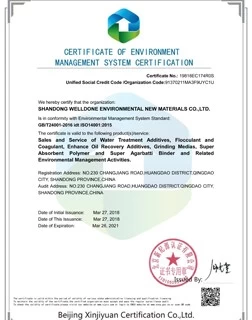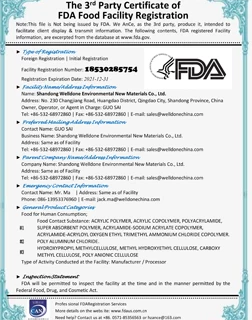The problem of dry and thin mortar and its solution
1. The problem of dry and thin mortar refers to whether the mortar is too dry or too thin. If the mortar is too dry, the mixer truck will not be easy to unload. When using the mortar, workers must frequently add water and stir in the mortar to perform normal construction. When the mortar is too thin, workers cannot use it normally and it is difficult to scratch the wall.
2. To control the dryness of the mortar, it can be judged by testing the consistency of the mortar. The factory consistency of the mortar is controlled at 75~85 (the thinner the mortar, the greater the consistency value). The consistency of the mortar will increase with the extension of the mixing time. Big. After delivery and mixing, the consistency of the mortar delivered to the factory will increase by about 10 after it reaches the construction site (the consistency of the mortar to the construction site is controlled between 90 and 100, and the workers can get the best results).
3. The proportion of water in the mortar is the most important factor in adjusting the dryness of the mortar. The operator should pay close attention to the water content of the sand, and go to the sand yard to observe and judge the water content of the sand before production.
4. In rainy days, the mortar may be too thin. In such weather, try to dry the mortar during production. Also pay special attention to whether the mixer truck is reversed when it is loaded, and the water in the drum is cleaned, otherwise the mortar will be extremely thin.
5. After the mortar arrives at the construction site, if the mortar is too dry, workers can add appropriate amount of water for mixing and construction, which will not cause major problems; but when the mortar is too thin, the workers cannot deal with it and can only add cement for mixing. Large quality fluctuations. Sometimes workers would not use too thin mortar and strike. Therefore, when producing the mortar, it is better to dry it rather than too thin to prevent quality problems or worker strikes.
6. If the mortar inside the mixer truck is too dry when looking at the material platform, you cannot add water to the material platform. The dry mortar before leaving the factory is also a normal phenomenon, and it will become thinner after mixing and transportation. If the mortar is too thin from the viewing platform, it must be returned to the factory for refilling to adjust to a proper dryness level, otherwise the mortar will become extremely thin after reaching the construction site and cause scrap.




.jpg.webp)

